February 2014 – We wanted to venture to the farthest reaches of Arizona during the winter 2014 before making our way back west through Yuma and southern California before heading up the coast to BC. We’re glad we did.
Tucson and its surrounding area offer a wide variety of interesting things to do including some really good desert parks for hiking and cycling.
We stayed at Voyager RV Park which is a really well developed, first class park….except for the poor internet access, a problem we are finding pervasive this winter. But, if you wanted to settle into a single winter location, this RV park has lots of activities including an adjacent par 3 golf courses.
Our second day we decided to take in the very scenic Sabino Canyon, where a trolly ride took us about four miles up the canyon to several trailheads. We decided to hike the 5.5 mile Phoneline Trail back to the visitor center. It was a narrow but moderately difficulty trail with spectacular views of imposing cliff walls, the Tucson valley in the distance and all varieties of cactus and plant life. Although still Sonoran Desert, the Tucson area is much more lush than areas to the north and west (Quartzsite, Parker, Vegas, Yuma).
After our workout in Sabino Canyon we needed a day of relatively light activity. The famous town of Tombstone was just the thing. Tombstone started as a mining town in the late 1870s after an adventurous prospector braved indian raids and found a significant silver vein in the area. Within months the town sprung up and thousands of propsectors, gunslingers, provisioners, hotel and bar operators and prostitutes arrived seeking fortune. The town was the next largest city in the west after San Francisco, reaching nearly 20,000 people at its peak. The town begin to decline in 1882 and by the early 1900s, the mines were irretrievably flooded and it became a ghost town until Hollywood arrived in the 1930s.

The legend is that a “swamper” or derelict resided in the basement of one of the hotels in exchange for doing cleanup work. When he died they found he had tunneled into many of the local mines from his room. No one knows where the silver went……
Tombstone is most famous for the shootout at the OK Corral depicted many times in Hollywood movies. The shootout, which you can see re-enacted for a price, was a settling of differences between Wyatt Earp and family (Virgil and Morgan) assisted by Doc Holliday and the local cowboys Clantons and gang. You can Google the story but in essence, the cowboys were continuously in trouble in the somewhat raucous town initiating many gunfights (leading many to Boot Hill – “Here lies Lester Moore, 3 slugs from a 44, no less, no more”) and the Earps were “lawmen” of the day with a desire to maintain enough peace for themselves to make their fortune running their brothels and saloons before getting out of town.

Posing with the Earps. “Badges, what badges? We don’t need no stinking badges!” Oh, wrong movie…sorry.
Unfortunately, the preservation of Tombstone as a historic place is overshadowed by the third class Disney-like development of overpriced gunfight re-enactments and other attractions, most of which are enjoyed at an inflated price. See it once and make the best of it. It is clear that the infrastructure is deteriorating and at some point it will begin to crumble back to the desert it came from.
Tucson is also a mecca of technology and innovation. In the late 1980s, visionary scientists and wealthy entrepreneurs built Biosphere II (Earth itself is considered Biosphere I) where starting in 1992, eight scientists locked themselves into a self contained facility to see if an artificial “earth like” environment could be sustainably operated. The experiment was deemed a failure for a variety of reasons including deep divisions between participants resulting in two distinct factions within the complex. But the scientists learned a tremendous amount and today the facility is a research center operated by the University of Arizona. It remains a very advanced technological accomplishment with the ability to control environment and facilitate important research. Our tour was enlightening.

Ye old fishing hole and pond at BII. Actually a fully functional salt water reservoir sustaining ocean life.

One of two “lungs” which absorbed the pressure changes when the air in the domes heated during the day. The facility was completely sealed. This also doubled as a flying saucer in a sci-fi movie.
During the cold war, southern Arizona was the site of a number of Titan nuclear missile sites established as a deterrent to any world power trying to gain dominance through nuclear threat. It was clear to everyone that the use of nuclear weapons would bring an immediate end to mankind by rendering the earth uninhabitable. After the cold war, the US and Russia agreed to decommission most such sites and especially the ones housing large missiles capable to destroying whole cities (Moscow, New York, etc.). Just outside of Tucson stands the last remaining Titan missile site, now a museum. The missile shell is intact but all necessary equipment for launch and the nuclear warhead has been removed. Out tour was interesting and viewing the control room and other aspects takes one back 50 years to the technology of the day and the atmosphere of the Cuban missile crisis. Today, the launch computers would probably fit in your cell phone. After decommissioning of the silos, the remaining Titan missiles were mostly used to launch satellites into Earth orbit.
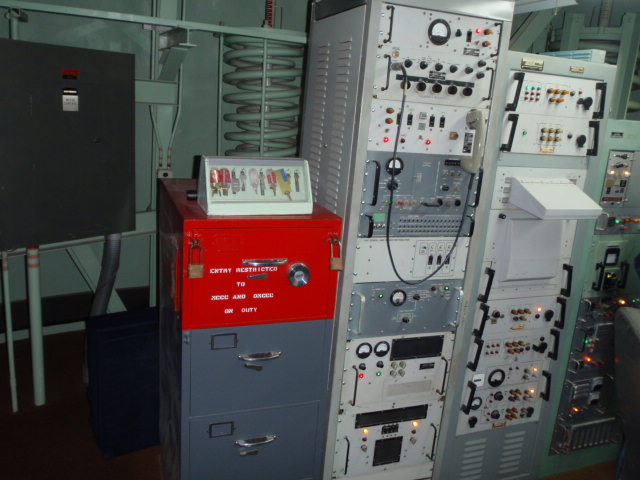
Red safe drawer is locked and contains various launch orders. Operators wouldn’t have know their target by name – only scenario number and launch time.
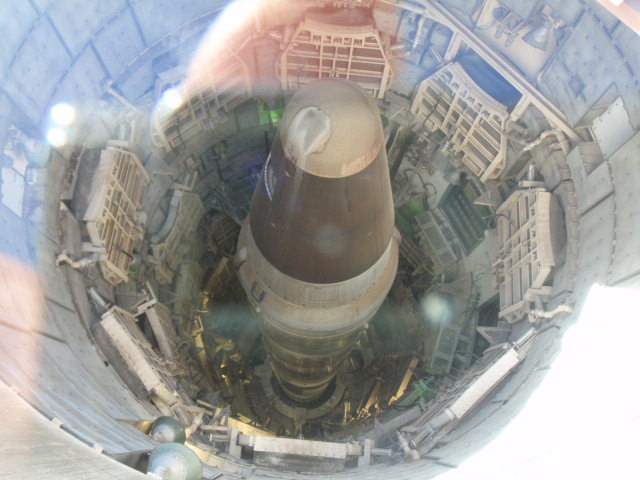
Looking down into the silo from above. De-armament treaty requires this be visible from satellite to confirm no efforts to re-activate.
On our way back from the Titan missile site, we stopped at a Jesuit/Spanish mission established in 1692 – San Xavier del Bac. The current building was finished in 1797 but being adobe and stucco is in a constant state of restoration. The site is still an active monastery and mixes native and catholic traditions.
We were now flooded with history and technology and the next day decided to take in a ten mile bike ride in the east Saguaro National Park. The park, in two parts (east and west of Tucson), preserves large tracts of Sonoran desert and particularly large and in some cases rare, Saguaro cacti. Although the paved ride turned out a little more challenging than we expected, it was quite scenic and we were glad it was a cool morning (Tucson is much cooler than Yuma typically).
Having half our day remaining we stopped at the Pima Air and Space Museum which turned out to be a real highlight. The museum is somewhat of a last resting place for military aircraft an the history of flight with both indoor and outdoor exhibits. Everything from a replica of the Wright Flyer to WWII aircraft, modern experimentals (Long Eze) to B52s and retired AF Ones. Adjacent to the museum is the Air Force’s “boneyard” where retired aircraft are stored and ultimately dismantled once replaced with more modern technology. With the proliferation of drones and the migration of defensive systems to outer space, one wonders if sub-orbital flight will disappear as an important element of military power.
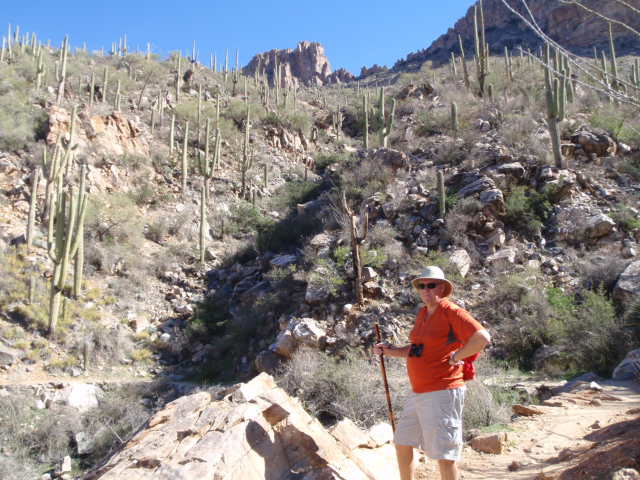

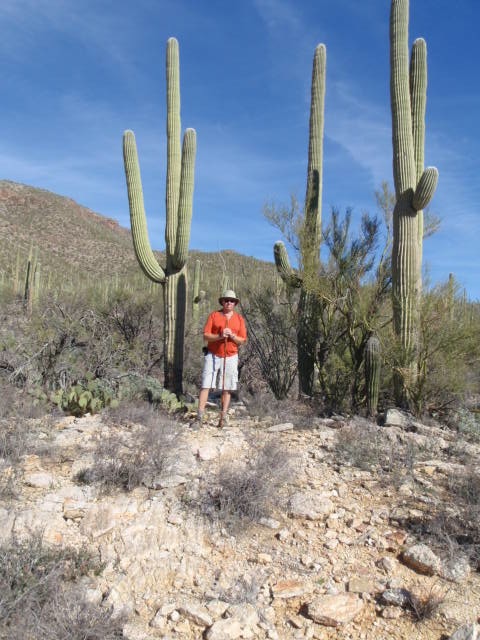
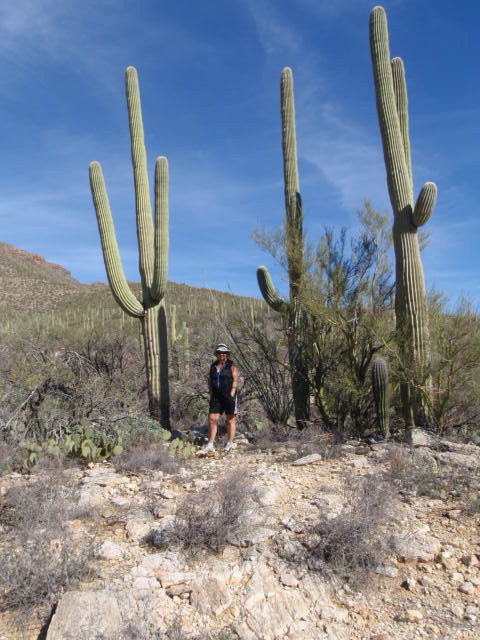
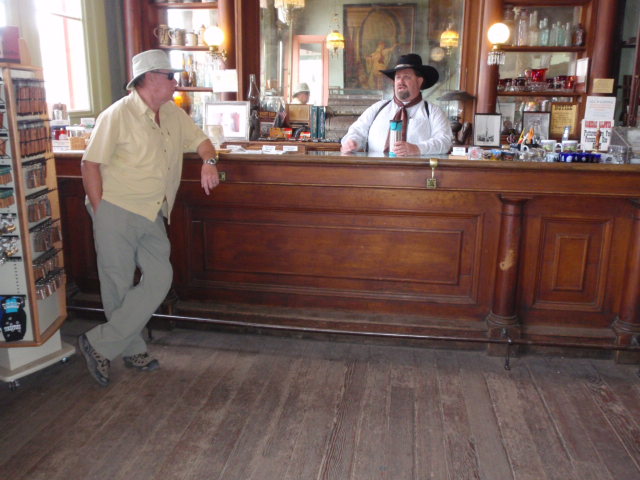
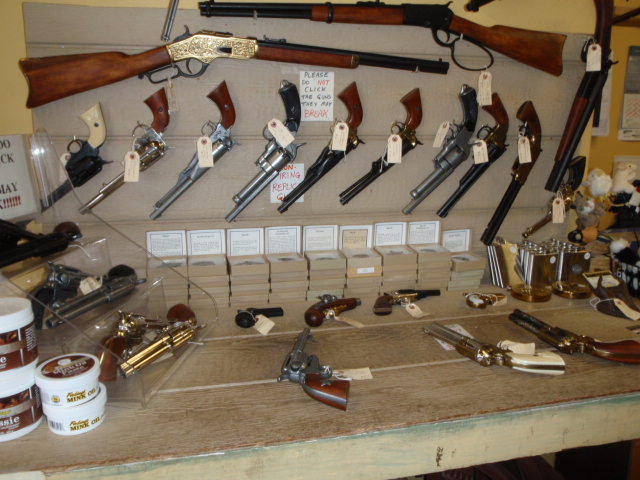
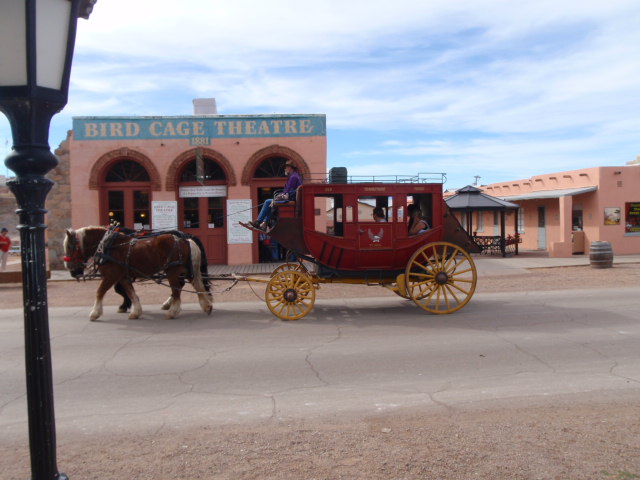
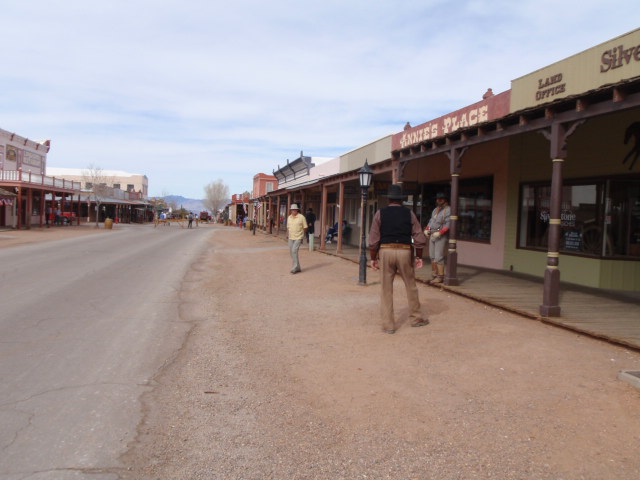
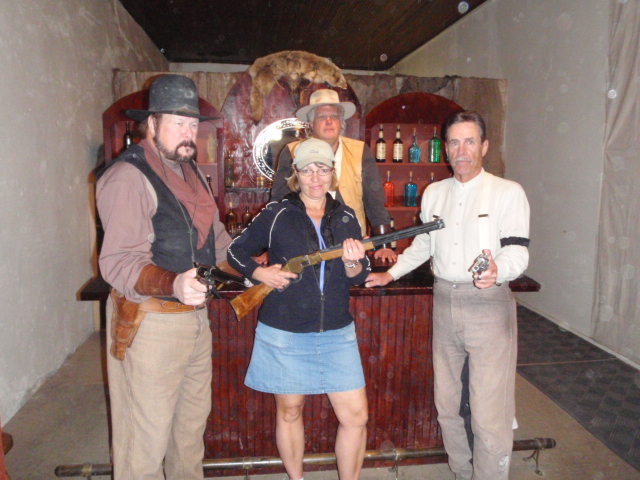
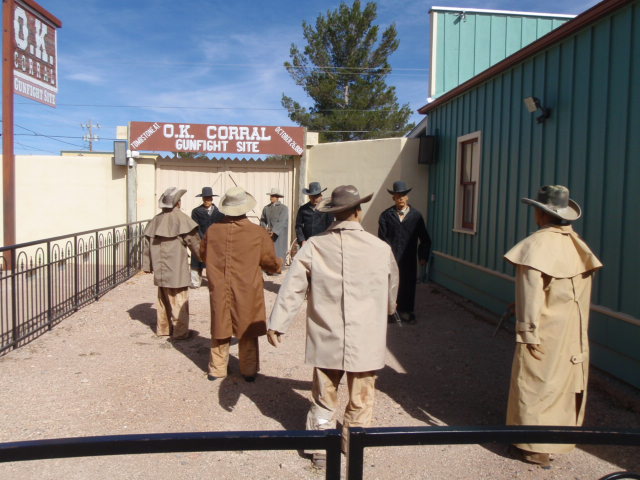
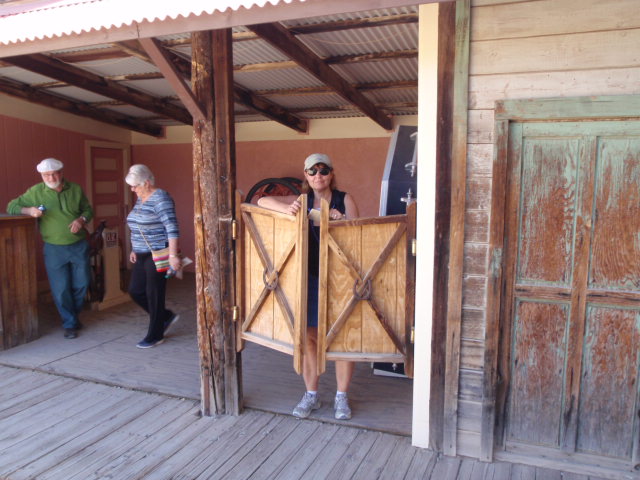
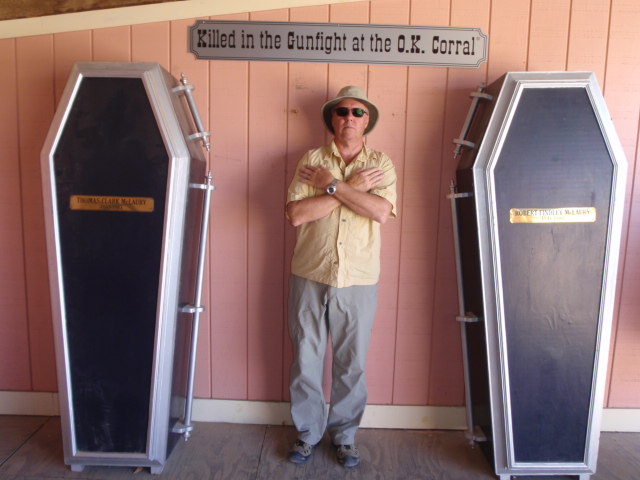
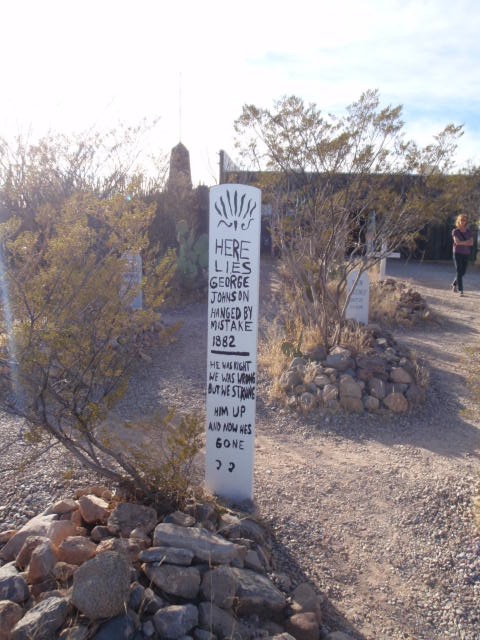
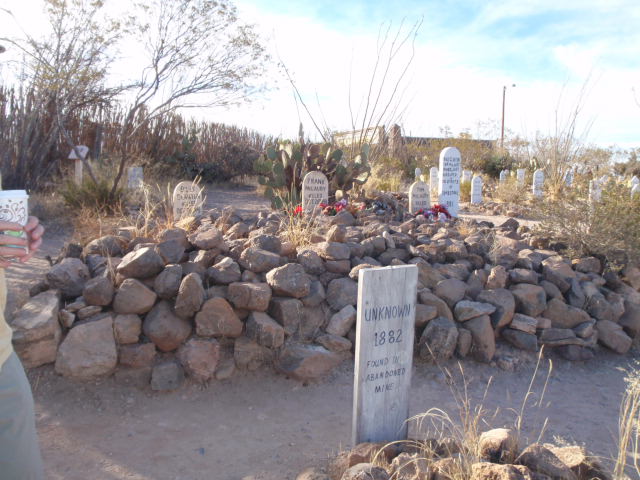
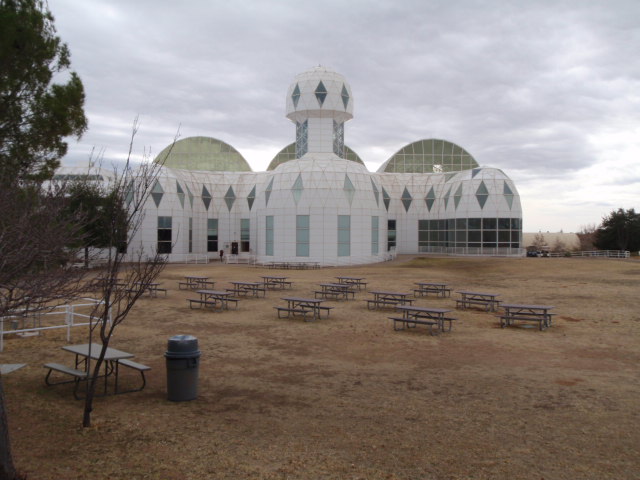

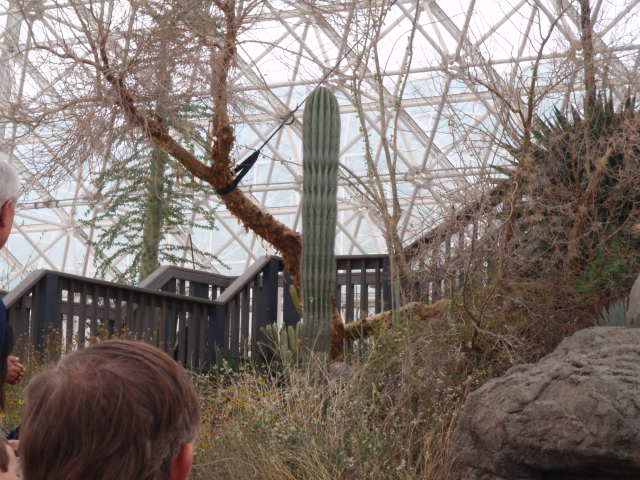

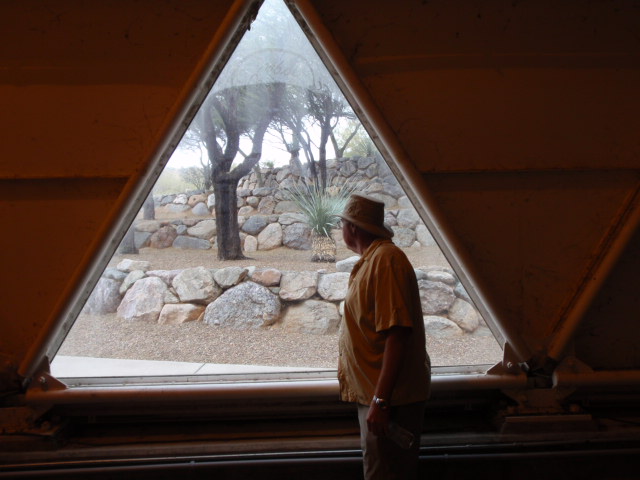
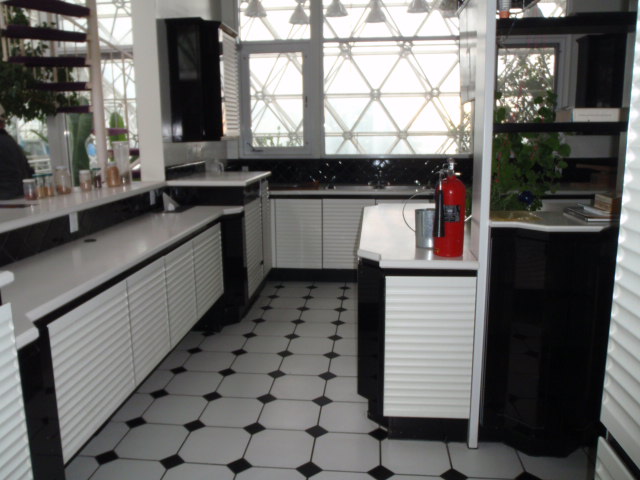

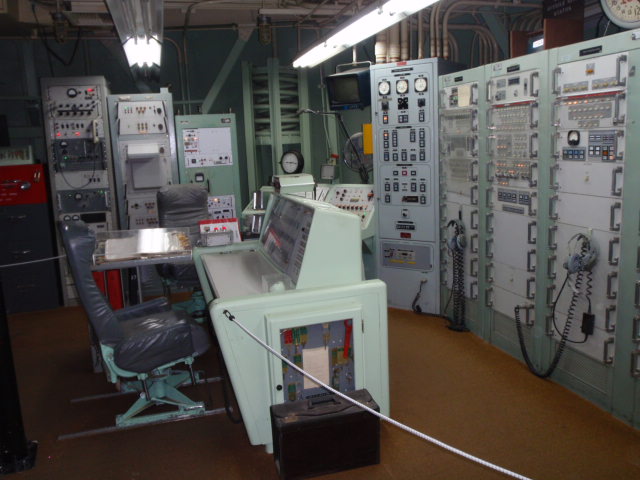
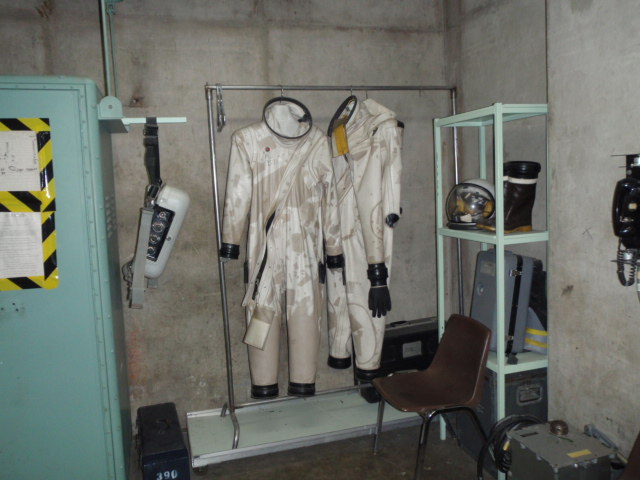


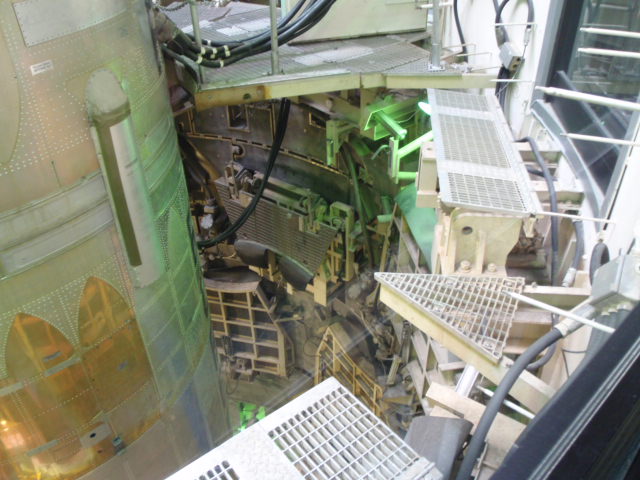
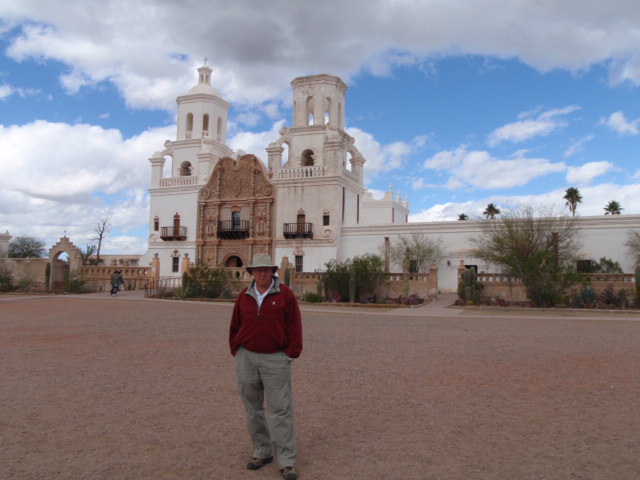

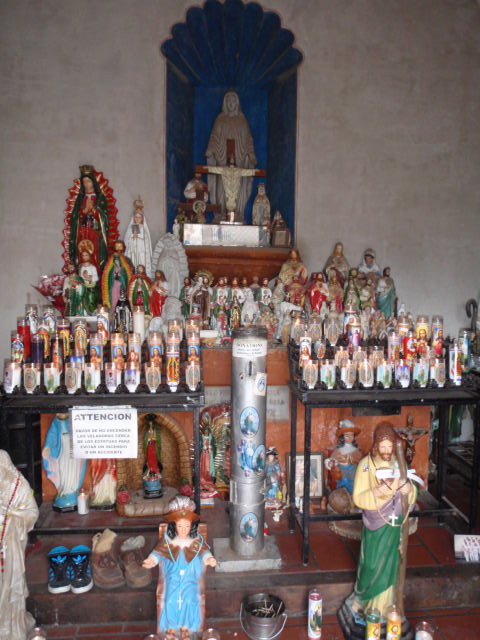
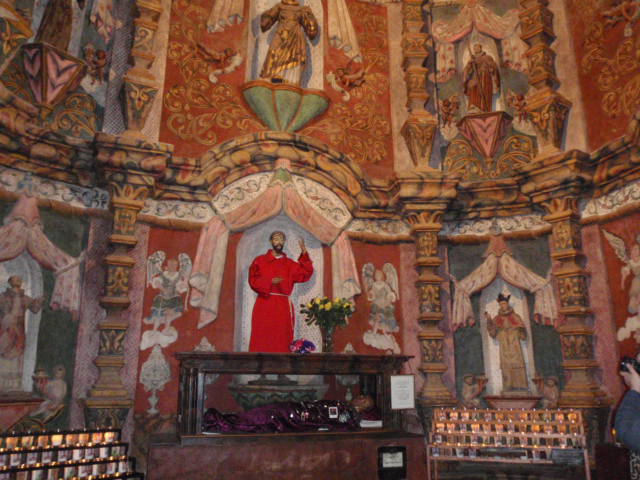
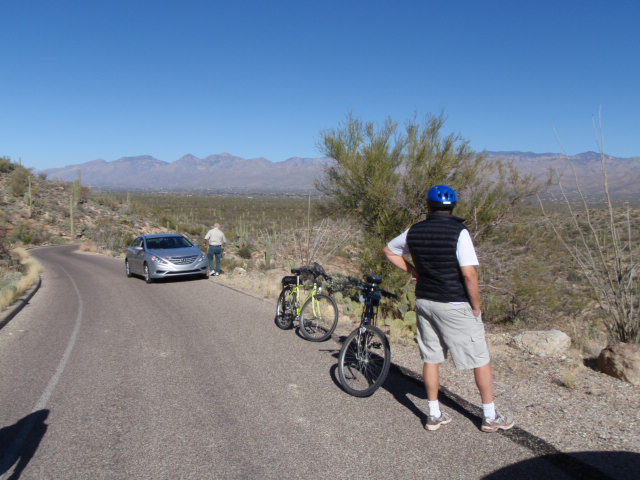



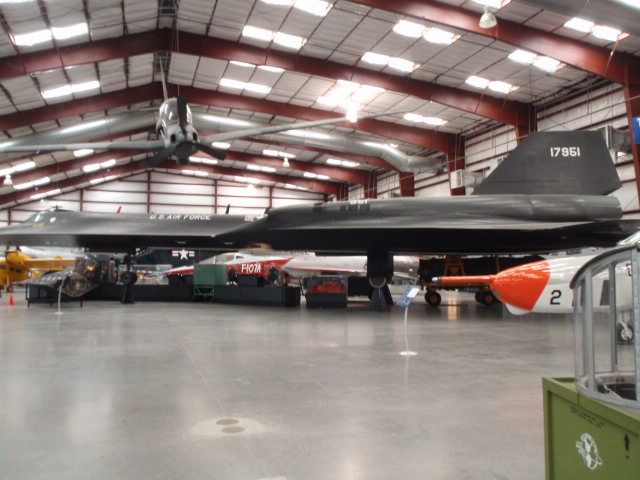
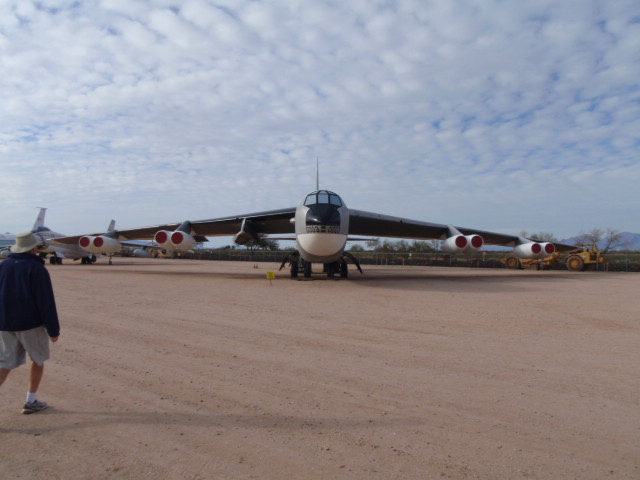
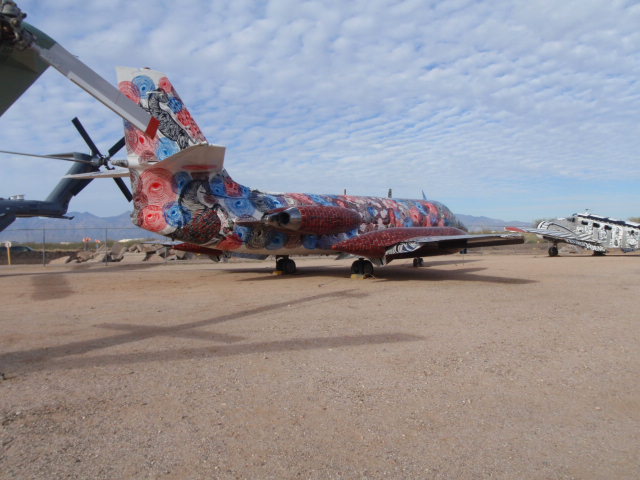
Leave a Comment